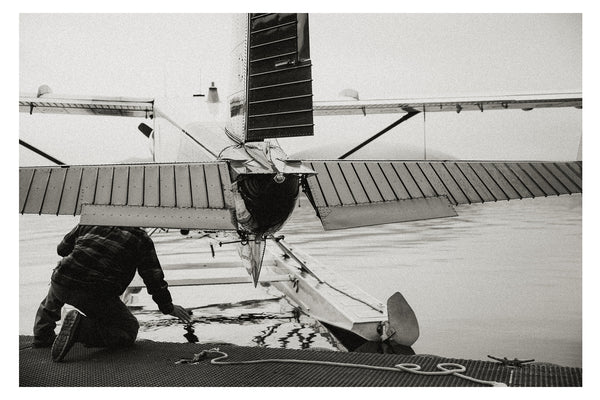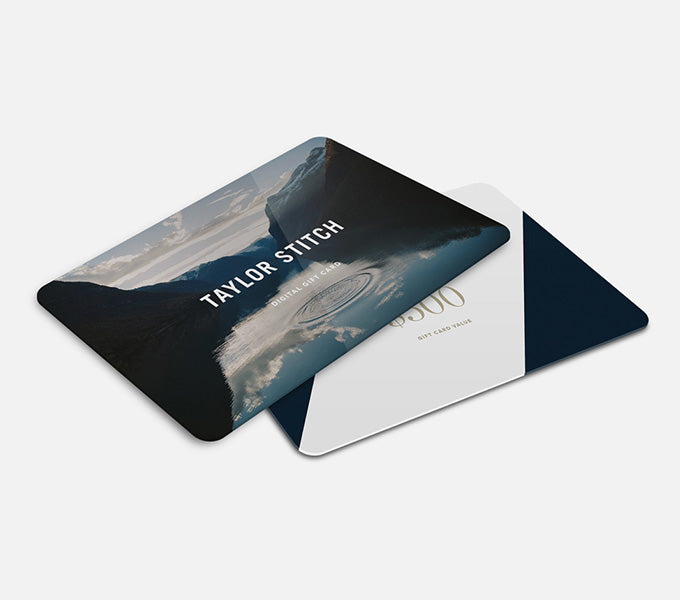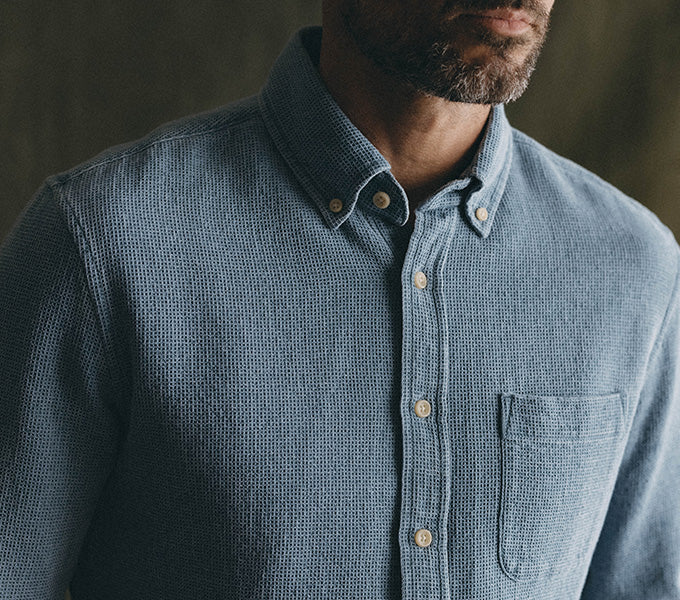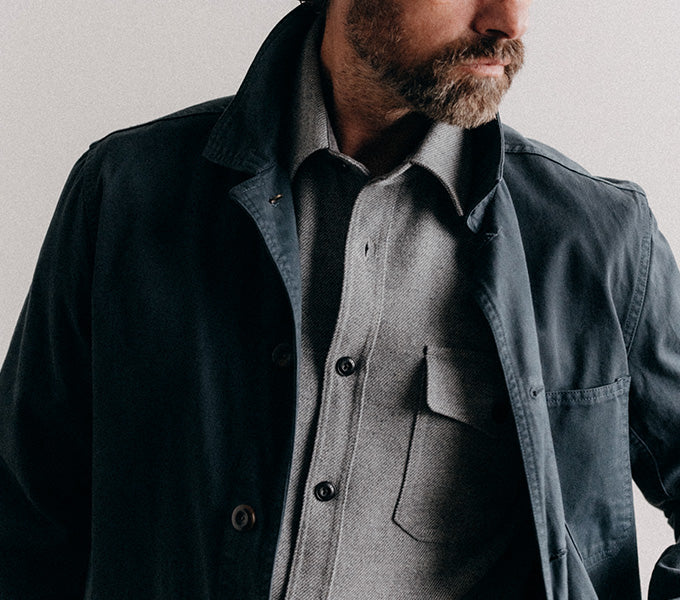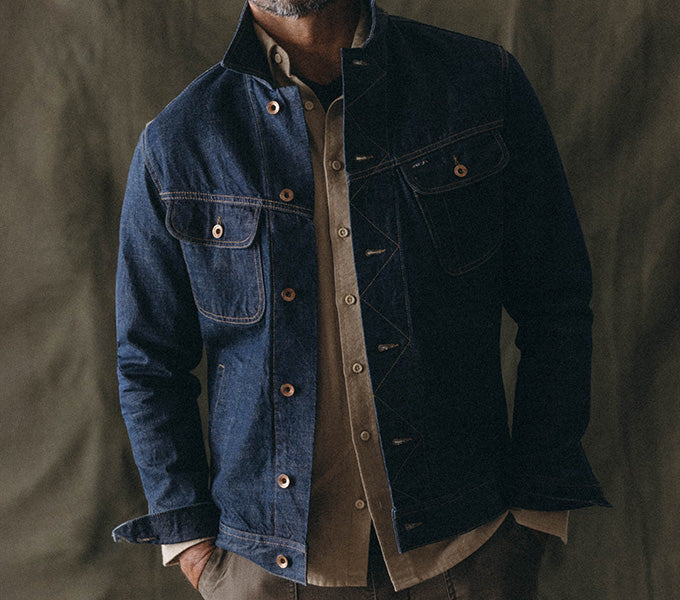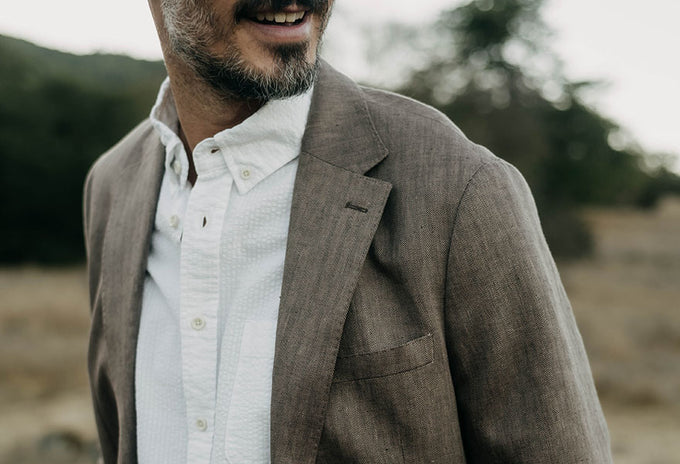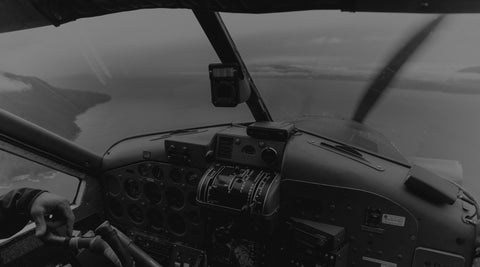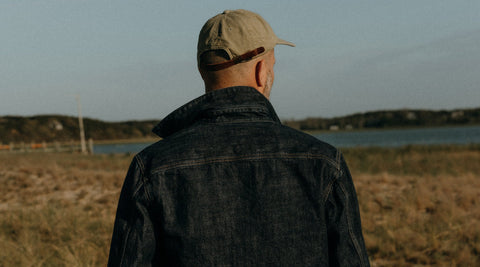Situated in the heart of Southeast Alaska, Ward Air, Inc. offers access to a world forgotten by time.
Operating out of Juneau since 1974, the company has built its legacy on vintage seaplanes and the intrepid skill of those who fly them. Their fleet, which includes storied artifacts of aviation like the DeHavilland Beaver, dating from the late 1940s, echoes the rugged charm of a bygone era. Meticulously maintained and brimming with history, these aircraft offer the kind of rich character you only find in machines that have stood the test of time.
Preceded by the unmistakable roar of a nine-cylinder radial engine, these planes offer lifelines to remote cabins, fishing lodges, and glacial vistas inaccessible by road. At the controls are pilots who embody the pioneering spirit of The Final Frontier—resourceful, daring, and deeply connected to the land and sky.

During our recent trip to Alaska, our team had the privilege of flying with Ward Air, capturing shots of the land below while gaining a new appreciation for the craftsmanship behind these iconic planes and the skill of those who command them.
To dig deeper into their world, we sat down with Desmond and Nano, two of Ward Air’s pilots, to talk about their craft, their aircraft, and the awe-inspiring places they call their office.
Not a lot of folks can answer with “Alaskan seaplane/bush pilot” when asked what they do for a living. What drove you to pursue aviation and, more specifically, the type of specialized charter flying you do today?
Desmond: When I was a kid, my uncles Ed and Randy Kiesel purchased Ward Air from Ken Ward. I grew up flying and being around Ward Air. We would take trips up the Taku River with Jerry Adams and to cabins on Admiralty Island for fishing, hunting and camping, often flying in the same planes that I still fly today. I admired the pilots who flew in Southeast Alaska, like Ed, Randy, Ken Ward, Ken Loken, Charles (Buddy) Ferguson, Dennis Lozier, Bob (Grandpa) Reid, Jacques Norvell, and Steve Wilson; these men were legends to me and masters of their craft. Ward Air has always been a special place to me. People who come through here are having a good time doing what they truly love, and I really enjoy being a part of that.
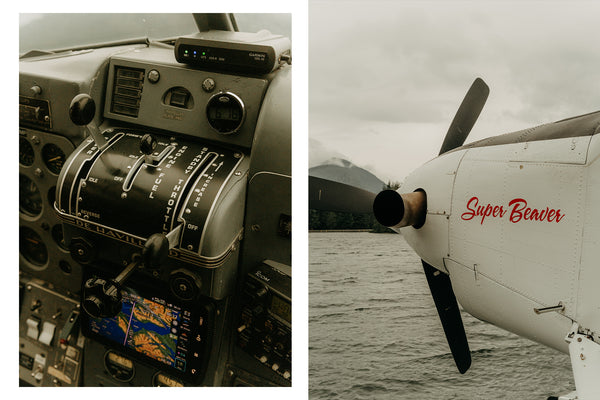
Nano: My father was the one who initially got me into flying. But those who I grew up around in aviation really gave me the bug to pursue a career. And it continues to drive me to work for the owners at Ward Air who started during the times of actual bush flying. The original bush pilots flew with a map on their lap and a compass on the dash without any weather reporting in destinations. Waking up and going to work every day, and I’m stoked; that does not suck.
We do a very unique type of flying in that we don’t land anywhere that would be considered a real runway. Whether that’s ocean, lakes, rivers, sandbars, beaches, mountain tops, or creeks. We’re not doing what “the book” says. There isn’t exactly a “playbook” for what we do. It’s listening to and talking with the pilots who did it before us. The ones who didn’t have the technology we do now. Ed and Randy (our bosses) and those who are now retired know it best.

You take folks on flightseeing tours over some incredible geography (The Alaskan Ice Shelf and Devil's Paw Peak, to name a few.) After all these years, what would you say is the best view in the area?
Desmond: There are many places that hold so much beauty in Alaska. I’ve flown climbers doing recon around Devil’s Paw, preparing to ascend a face that has never been climbed. I’ve flown hunters into remote lakes in Western BC, where a crusty Canadian guide and pack horses await them. I’ve flown trips into Glacier Bay over the Gilman Glacier to the Johns Hopkins Glacier and around the amphitheater with its incredible hanging glaciers. Lituya Bay is unique as well, with its tree line scarred from the Tsunami in 1958.
There are endless sights to behold and you can’t help but be blown away by the sheer vastness and splendor of it all. I can’t help but think back to words my twice great Uncle Ken Loken told me before he passed away (he had some ridiculous amount of time flying floats in the area, like 50,000 hours mostly in a DeHavilland Beaver). He said: “It’s not about the places themselves, it’s about the people you bring to them that give it meaning to you.” I think about this often, and it’s truly a pleasure to fly many of the same families that have been flying with my family for generations.
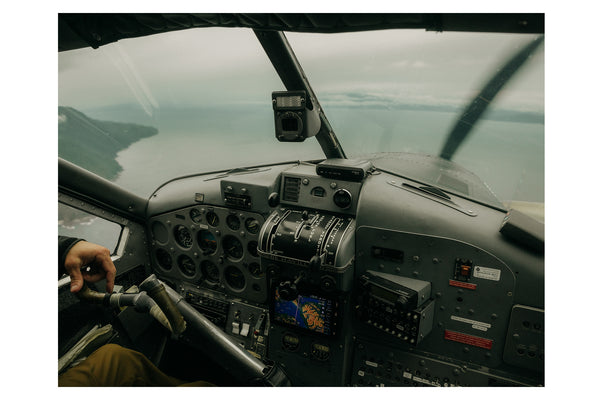
Nano: I really enjoy the Taku River valley into Inland British Colombia, and The Yukon. The scenery is incredible, and most folks have never seen it, let alone ever set foot in that territory, maybe ever. Haines, AK, is another beautiful spot with huge mountains that jet directly up from the water.
Lastly, the Fairweather Range is probably the most gorgeous spot in all of Alaska. So unexplored and vast, which lies in Glacier Bay National Park. Only one word to describe it: epic!
Flying charters for Ward Air Inc., you’ve got a pretty impressive fleet of vintage machinery at your disposal. As a team with a collective affinity for classic cars, we wonder if you have similar feelings about the older engine technology of some of those aircraft. In as simple terms as possible (for those of us without a working knowledge of aircraft engines), what makes these older planes unique?
Desmond: These aircraft are remarkable. I mean, we’re coming up on 80 years since they made the first DeHavilland Beaver and there is still nothing like it out there. It’s a capable, tough, rugged airplane that can handle adverse conditions, gets in and out of tight spaces, and is quite comfortable to fly in. There’s no other sound quite like the Beaver’s nine-cylinder Pratt and Whitney R-985 radial engine. For as rugged and tank-like as it looks, it’s extremely light on the controls and fun to fly.
Our fleet is diverse, so we can offer just the right size plane for each particular charter needed from 1-10 people per aircraft. Ed and Randy, both being 30,000+ hour pilots, have always been trying to increase the performance of all of our aircraft. We’ve got the best engines, the best props, the best floats, and the best electronics; every aircraft is extremely pilot-friendly. The real heroes behind the Aircraft we have, which consist of DeHavilland and Cessna Aircraft, are our Maintenance team: Ed, Levi, Sam, and Nick. These guys ensure our planes are always in great shape and running well; just don’t ask them to work on anything new!
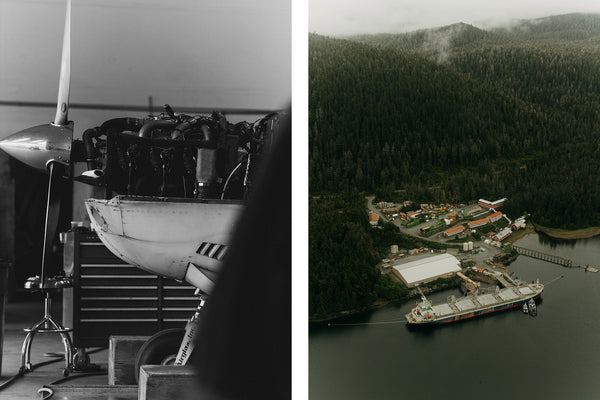
Nano: The DeHavilland DHC-2 Beaver is the workhorse of the Alaskan Bush. Essentially “the Harley Davidson” of floatplanes. Whether that be a boat, kayak, or wood strapped to the outside, or a fully loaded hunting trip, groceries for a remote cabin, or even your goat/bear/deer, it’ll do it all. A short takeoff and landing aircraft, it was built in the 50’s and 60’s for the US Military. And quite honestly, no one has been able to build a better machine.
They are old and take a lot of maintenance to keep them in top shape. But there’ll never be another airplane like the Beaver, at least not in our lifetimes. They have, since the mid-60s (and today), put turbine engines on these beavers, and it makes quite the difference. As the Taylor Stitch crew saw, it is one hell of a machine. However, the engine roar of a Beaver is like nothing else you've ever heard; it’s a pretty cool thing.

For most lovers of the outdoors, what you do each day would be a dream come true. Outside of flying over it in amphibious aircraft, what are your favorite things to do outdoors?
Desmond: I have two wonderful kids, Jack and Frances, with my amazing wife Kayleigh. We like to fly out to cabins on lakes in the area where we swim, fish, and explore. Skiing in the winter is always a good time, and we enjoy traveling to see family and friends.
Nano: Flying takes up most of my time during the summer, but once fall rolls around, I enjoy getting out to hunt. Flying into remote lakes and hiking up a mountain in a downpour and a ripping wind is an experience. But bringing home meat for the family is always a great feeling. Once the light goes away (as comes with living in AK), come winter I love to get out and ski as much as I can. Juneau has one hell of a ski area and some awesome backcountry. It’s a diamond in the rough, as they say, for backcountry skiing.
If we’re not talking outdoors, some of the best times I’ve had are sitting around our backroom at Ward with the fellow pilots and mechanics, talking aircraft, learning from each one of them because their experiences will teach you things maybe you never noticed. The laughs are endless, and the banter is top-notch. We have a family here at Ward Air, and that’s pretty cool.

Spending time with the Ward Air team is a reminder that adventure is as much about the journey as it is the destination. These pilots aren’t just aviators; they’re storytellers, historians, and stewards of an incredible legacy. Daily visitors of a frontier few will ever have the privilege of experiencing.
